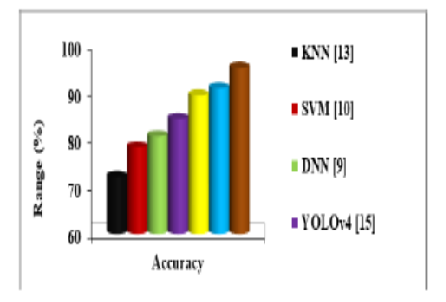


Indian Journal of Science and Technology
Year: 2023, Volume: 16, Issue: 18, Pages: 1365-1373
Original Article
C Saraswathi1*, B Pushpa2
1Research Scholar, Department of Computer and Information Science, Faculty of Science, Annamalai University, Chidambaram, 608002, Tamil Nadu, India
2Assistant Professor/Programmer, Department of Computer and Information Science, Faculty of Science, Annamalai University, Chidambaram, 608002, Tamilnadu, India
*Corresponding Author
Email: [email protected]
Received Date:04 January 2023, Accepted Date:08 April 2023, Published Date:09 May 2023
Objective: To increase the accuracy of Alopecia Areata (AA) classification by learning local and global features across AA images and scalp hair images. Methods: An Attention-based Balanced Multi-Task Deep (AB-MTDeep) learning system is proposed. In this system, the MTDeep model incorporates both Multi- Task Learning (MTL) and Cross-Residual Learning (CRL) to simultaneously train hair and scalp images for recognizing AA conditions. In MTL, a new shared encoder is added to the MTDeep model, whereas in CRL, cross-residual layers are added to improve the model’s efficiency. According to this learning, both local and global features are learned at multiple scales, as well as, concatenated to get the cross-feature representation. Such features are then classified by the softmax classifier to recognize AA conditions. Findings: Finally, the test outcomes demonstrate that the AB-MTDeep system on hair and scalp image databases realizes an accuracy of 95.11% compared to all other classical systems. Novelty: This model has considerably increased the accuracy of classifying AA conditions. Thus, it represents a promising classifier for AA classification.
Keywords: Dermatology; Alopecia Areata; FRCNNLSTM; Multitask learning; Crossresidual learning
© 2023 Saraswathi & Pushpa. This is an open-access article distributed under the terms of the Creative Commons Attribution License, which permits unrestricted use, distribution, and reproduction in any medium, provided the original author and source are credited. Published By Indian Society for Education and Environment (iSee)
Subscribe now for latest articles and news.